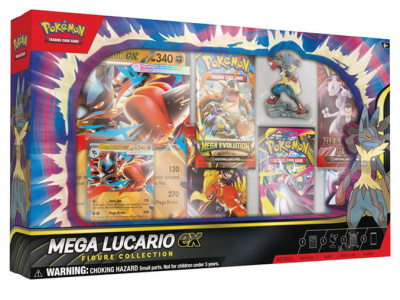Rolling for Initiative is a weekly column by Scott Thorne, PhD, owner of Castle Perilous Games & Books in Carbondale, Illinois and instructor in marketing at Southeast Missouri State University. This week, Thorne looks at some recent statistics from the retail industry.
I always like to read over research on the retail industry so was interested to run across this survey conducted by the International Council of Shopping Centers looking at sales results over the Thanksgiving weekend. Somewhat surprisingly, the results bode well for the future of the brick and mortar store.
57% of those surveyed over the weekend visited a brick and mortar retailer over the Thanksgiving weekend, up from 51% in 2015 and just under 90% of shoppers purchased from both online and brick and mortar retailers. Brick and mortar still dominates retail as just over 80% of sales went to retailers with physical stores. Despite the apprehension brick and mortar retailers feel towards Amazon and other online retailers, the industry is still dominated by the physical store (of course, this also includes the sales of food and gasoline, neither of which have proven feasible to deliver online in large quantities yet).
More and more shoppers are taking advantage of omnichannel retailers with both physical and web presence. Just under 65% of those who took advantage of a retailer’s omnichannel capabilities, ordering something online and picking up the order at a physical location (28% of respondents used this click and collect service), went on to buy something else during the visit, up about 6% from 2015.
"Showrooming" (researching a product in a physical store, prior to buying it online) and "webrooming" (researching a product online prior to buying it in the physical store) have both proved controversial over the past decade. However, and somewhat surprisingly, the percentages of each have shifted dramatically, with roughly 50% of shoppers reporting that they showroomed a product, while just over 65% reported that they webroomed one, according to this study.
In addition, I have heard store retailers complain about the practice of shoppers using their mobile devices in stores, then purchasing them elsewhere (showrooming), to the point that some stores seriously considered putting in cell phone jammers. According to the ICSC survey, this would actually prove counterproductive as right at 80% of shoppers reported that, when they used a mobile device in a store, they made a purchase in the store. Making the store more hospitable to the shoppers’ needs, rather than less, appears to pay off.
Gifts accounted for a large percentage of the roughly $373 spent per shopping over Thanksgiving weekend with survey respondents indicating that about 45% of the money spent went for gifts, 35% went for other non-gifty merchandise and about 20% went for food and entertainment over the weekend, as if the shopping wasn’t entertaining enough.
One last thing I found interesting came from a different report, published by the NPD Group. This indicated that, although games and puzzles increased by 18% over 2015, the sale of "youth electronics" was only up 3%. Either the gamers of the future are moving more towards web based gaming, which only requires a mobile device, or they are looking for analog rather than digital forms of play. The fact that the second largest growth category in toys last year was in outdoor toys gives me hope.
The opinions expressed in this column are solely those of the writer, and do not necessarily reflect the views of the editorial staff of ICv2.com.

Column by Scott Thorne
Posted by Scott Thorne on January 30, 2017 @ 3:20 am CT
MORE GAMES
New Boxed Set
August 22, 2025
The Pokemon Company International will release Pokemon TCG: Mega Lucario ex Figure Collection, a new boxed set, into retail.
Offers Retail Tier
August 22, 2025
Mantic Games' Assassin's Creed: Animus has hit Kickstarter and has a retail rewards tier.
MORE COLUMNS
Column by Jeffrey Dohm-Sanchez
August 21, 2025
ICv2 Managing Editor Jeffrey Dohm-Sanchez continues to take a look at some of the issues revolving around Universes Beyond products.
Column by Rob Salkowitz
August 19, 2025
For Horror Week, columnist Rob Salkowitz asks whether the horror boom can help get us through a moment full of woe and dread.








